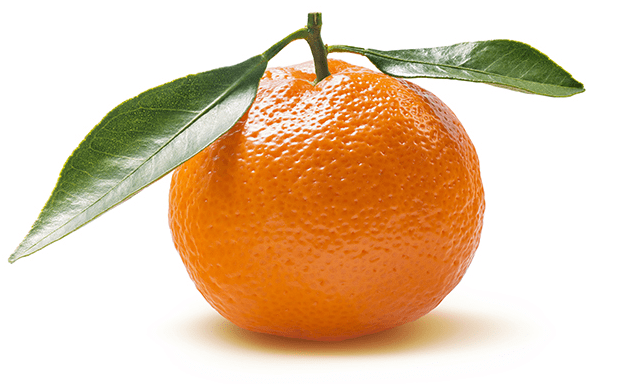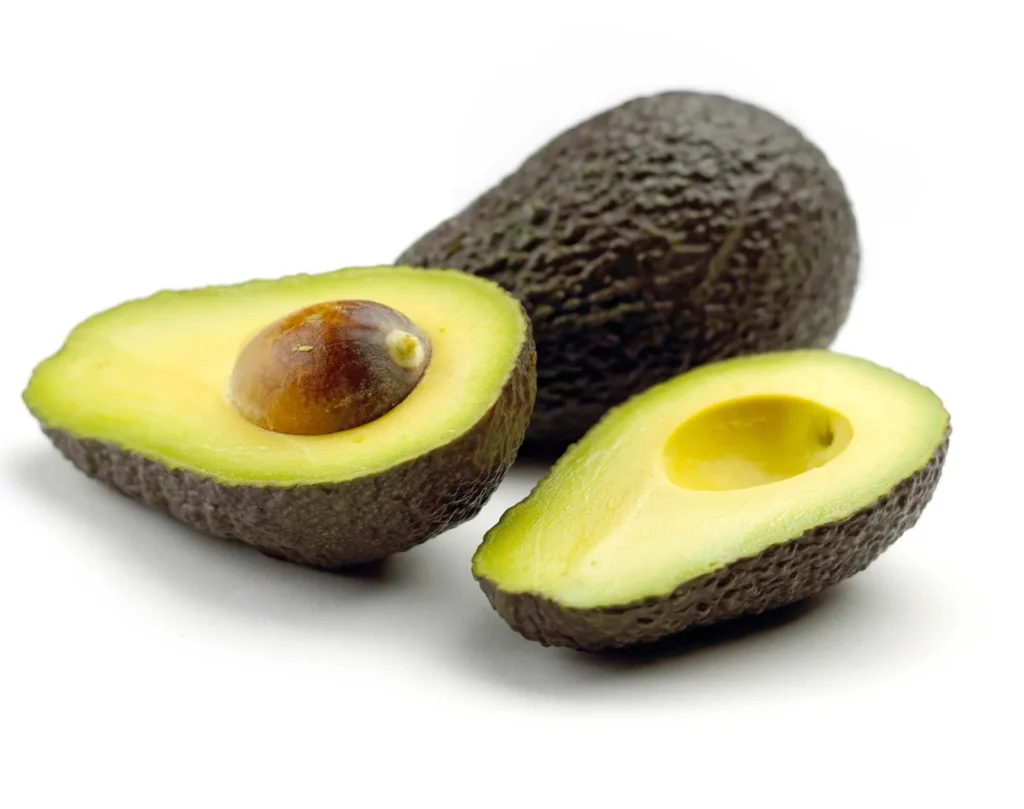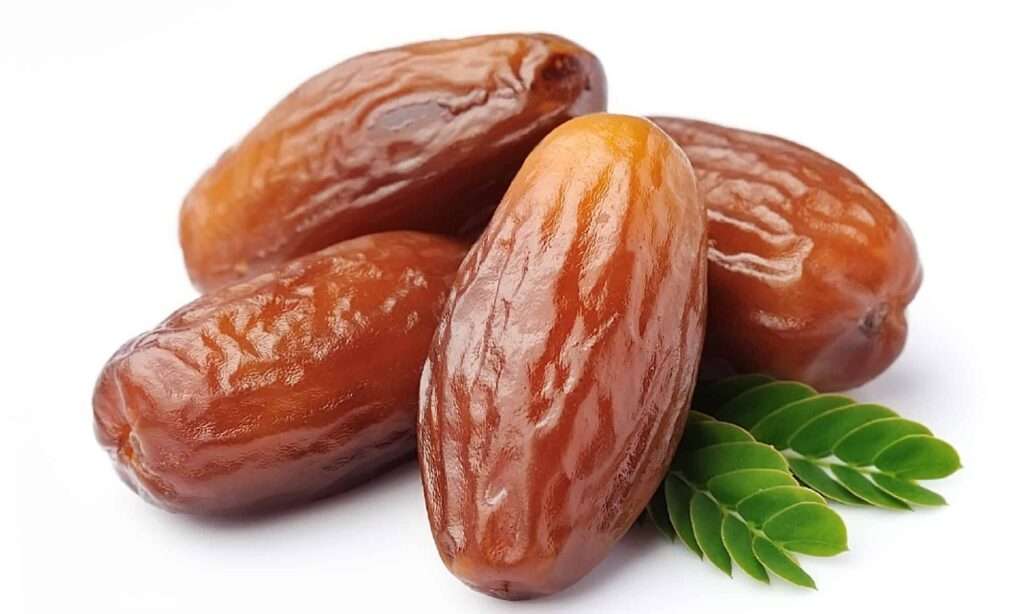
Description
A clementine is a tangor, which was given that name in 1902 and is a cross between a sweet orange and a willowleaf mandarin orange. The exterior has a sleek, smooth appearance and a strong orange
Varieties
The original cultivar of Rodier was Algerian.
The flavor profile of Fina, a Spanish cultivar that was once produced on a bitter orange rootstock that gave it a fantastic flavor, has changed as a result of disease vulnerability.
Nules or Clemenules a well-liked, seedless, and simple to peel clementine with a delicious sweetness. In California, where it is frequently planted, it matures from October to December.
The European Union has designated the Italian cultivar Clementine del Golfo di Taranto, which is (practically) seedless, as a protected geographical indicator (PGI). It is grown near the Gulf of Taranto. They smell strongly and have a pleasant flavor.
Another Italian PGI type cultivated in the Calabria region is the clementine of Calabria.

Uses
Sections of clementines give flavor to salads and desserts. Alternatively, they are the ideal snack all by themselves. Even though a child may find one clementine to be a filling snack, a common serving size is two fruits.
Nutrition
A clementine has a water content of 87%, 12% in carbs, and very little fat and protein. In a 100 g reference serving, only vitamin C contains a large amount, with the other micronutrients present in modest concentrations.
Cultivation
Then, with lots of space surrounding them, in the sun, protected from the wind, and in huge earthen pots or directly in the ground, they are planted. The growth and development of the fruit depend on irrigation and fertilizer application.
Table





